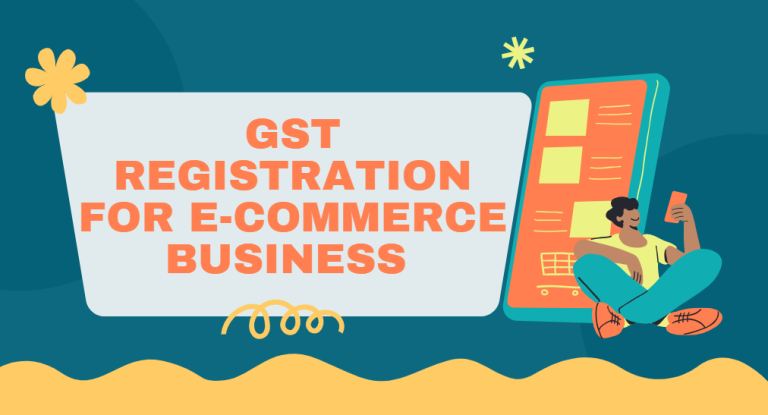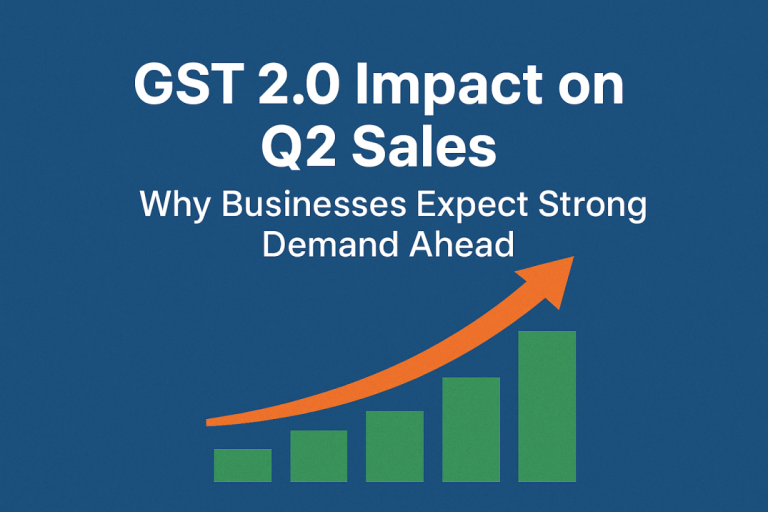How to sell Products online on Amazon and Flipkart?
Now-a-days most of youth have a common question that is “How to sell your products online”?
E-commerce platforms such as amazon and flipkart have become one of the most lucrative business opportunities, amazon and flipkart are the two largest online market places in India, providing sellers with the vast customer base and robust logistics support. Whether you are an established business or a new entrepreneur, selling things on these platforms can make you a millionaire and you can also reach millions of potentials buyers.
Advantages of selling products on E-commerce platforms
- There are many benefits of selling products online on amazon and flipkart as there is huge customer base which serves millions of customers worldwide.
- In these platforms you can register hassle-free without hard-copy of any documents
- These platforms dominates the Indian e-commerce sector.
- Advertising on these platforms helps to boost visibility in customers.
- These e-commerce platforms handle storage, packaging and shipping.
- This also offers warehousing and faster delivery and such certain niche are less saturated as compared to other e-commerce platforms.
How to register as a seller?
- Visit the seller central.
- Sign up with your business details such as GST, Pan-card, bank account details mobile contact and the email account.
- Select the selling plan such as pay per sale or subtitle for the small sellers .
- Professional selling plan includes monthly fee with additional charges.
- Verification of your identity and the complete your KYC details and ensure compliance with policies and start selling on Amazon and Flipkart.
Listing the Products
- Ensure that it falls under the permitted categories.
- Upload it under the high quality images [ you can use white background under proper lights ]
- Upload images and write the descriptions, write clear and keyword rich descriptions.
- Set pricing and the stock level of the products also manage stocks to avoid order cancellation .
- Choose a shipping partner or self fulfillment if you prefer handling deliveries.
Pricing and Profitability strategies
- Price your products, the manufacturing and sourcing cost.
- Amazon and flipkart commission fees and shipping and handling charges is mandatory
- Use dynamic software tools which helps to adjust the price on the based on demand.
- Maximizing combo deals increase average order values.
- Utilize seasonal discount for higher sales.
- Enroll in lightning deals and promotional campaigns.
Marketing and Promotions of E-commerce
- Paid adv boosts the product visibility.
- Enhance the product descriptions with rich media.
- Coupons and deals encourages the customers with discounts.
- Optimizing listings with relevant keywords helps in business and to also in sales.
- E- commerce also assured badge with increase customer trusts.
- Festive sales also plays and important role in the sales of the product.
- You can also use analytics for the growth .
- Track top selling items on Amazon and Flipkart and focus on scaling them.
Handling Customer services and returns
- Sellers must process the self-fulfilled returns promptly
- Always maintain a low order defect to avoid the account suspension.
- Flipkart application provides 10 to 30 days of return window of most of the products.
- Product seller should handle the complaint quickly to maintain a good rating.
- Amazon always handles returns for FBA products.
Selling on Amazon and Flipkart has huge business potential, but without proper planning, it will be difficult to gain success. It starts from the creation of the seller account up to listing optimization, managing orders, and marketing products. With the right tools and strategies, you can increase your online business and make profits.
GST and Taxation on Amazon & Flipkart
GST and taxation is a crucial part of any kind of e-commerce platform, While selling through online e-commerce companies like Amazon and Flipkart, Goods and Services Tax, commonly abbreviated as GST, forms one of the prime parts. From Indian taxation points of view, GST registrations for sellers along with tax collections are required along with filing return requirements.
1. GST Registration of Amazon and Flipkart Sellers
GST registration is compulsorily required for selling on Amazon and Flipkart, as e-commerce platforms deduct TCS under GST, irrespective of turnover.
A GSTIN has to be obtained from the GST portal.
Exemptions are available for businesses with a turnover below ₹40 lakh (₹20 lakh for services), but e-commerce sellers have to register due to platform requirements.
2. GST Collection and Taxation on Sales
Amazon and Flipkart charge GST at every sale generated through their sites.
GST is charged based on the products:
12% -Some electronics, kitchenware
5% – Books, food items, some staples
28% -Luxury items such as cars, high-end electronics
18% -Most daily use products, smartphones, home appliances
- TCS or Tax Collected at Source on e-commerce Sales
As per GST law, Amazon and Flipkart deduct 1% TCS (0.5% CGST + 0.5% SGST) or 1% IGST on each transaction before paying the seller.
The TCS amount is reflected in the seller’s GST portal and must be claimed while filing GST returns.
4. GST Returns Filing
Sellers must file monthly or quarterly GST returns:
GSTR-1 – Monthly/quarterly return for outward supplies.
GSTR-3B – Monthly return for tax payment.
GSTR-9 – Annual GST return (if required).
TCS collected by Amazon/Flipkart is auto populated in GSTR-2A, and the sellers can use it while making returns.
5. Input Tax Credit for Sellers
Sellers can claim ITC on the GST paid against purchases such as raw materials, packaging, shipping services, etc.
ITC reduces tax liability, hence saving the business extra costs.
6. GST on Shipping and Logistics
If sellers avail of Amazon FBA or Flipkart Fulfillment, the GST is paid on storage and shipping charges.
If a seller ships directly, then if applicable, it has to be charged GST upon delivery charges
Sellers of Amazon and Flipkart should maintain GST compliance. Registration of GST, collecting tax on sale, managing TCS deductions, and filing of returns on time helps in running operations smoothly, thus avoiding any penalty. Moreover, sellers need to use ITC to decrease tax burdens, and thereby maximizing profit.
If you would like to register a company or need a GST registration for selling products online on Amazon and Flipkart, visit- www.taxflick.com





